Is right-wing populism seeing a resurgence across the world? PREMIUM
December 29, 2023 01:34 am | Updated 01:38 am IST

Dutch far-right politician and leader of the PVV party, Geert Wilders speaks to the press following the exit poll and early results in the Dutch parliamentary elections in The Hague, Netherlands on November 22, 2023. | Photo Credit: Reuters
Recently, Geert Wilders, an anti-Islam, far-right populist, won the general elections in the Netherlands. In Argentina, the far-right politician, Javier Milei, won the presidential elections. In 2022, Marine Le Pen finished a close second in the French presidential elections; and a party with roots in the neo-fascist Italian Social Movement won the general elections in Italy. In the U.S., early polls suggest that Donald Trump has a chance of returning to power again. In India, the Bharatiya Janata Party (BJP) is widely expected to win a third term.
Is right-wing populism seeing a resurgence across the world? Irfan Nooruddin and Rahul Mukherji discuss the question in a conversation moderated by Radhika Santhanam.
Edited excerpts:
Let us start with a basic question. How would you define right-wing populism?
Irfan Nooruddin: Populism is generally thought of as a political phenomenon in which a voice of the people begins to argue that they are being kept out of power by some elite forces or some non-representative, non-legitimate forces in society. There is scepticism about democratic institutions as a way in which the people’s voice can be heard. And so you have actors, either individual politicians or political parties, saying that we are the true representative of the people and that our voice has been denied in politics because of some shadowy cabal, the elites, and international forces. What they are striking at is the legitimacy of the liberal, democratic process in which elections lead to certain winners.
The distinction between left-wing and right-wing populism lies at the roots of the de-legitimisation of the system. Left-wing populists would argue that the masses, the general public, the working class were not being allowed to influence public policy because the rich, the political elites, dominated by capitalist interests, were exerting undue influence on the system. The right-wing version of this can often sound quite similar. If you listen to Trumpian rhetoric, for instance, there is a hint of this. But the right-wing version in the world now also asks a powerful question, which is whether the liberal, democratic project of inclusion is legitimate. The targets here are racial, religious minorities in society. There is a suggestion that these groups are not true, loyal citizens and so their voices are illegitimate. A mix of economic appeals with identity appeals combines to form the version of right-wing populism we see today. But the distinction between right wing and left wing is less meaningful today than the focus on the anti-democratic nature of populism.
Rahul Mukherji: This phase of populism has a majoritarian, ethno-nationalist flavour. There can be a Muslim ‘other’ to the Hindus, or a Tamil ‘other’ to the Sinhalese, or a Muslim ‘other’ to Christians, or a non-White ‘other’ to the White people. The manner in which this ‘othering’ is happening undermines democratic institutions. In Pacific Affairs, I argue with Seyed Hossein Zarhani that there has been a systematic decimation of public institutions in three ways: one, by interpreting rules differently; two, by changing rules incrementally, such as by bringing in a Bill (in India) regulating the appointment of the Chief Election Commissioner; and three, by completely displacing rules, such as in the abrogation of Article 370 (in Jammu and Kashmir). This is not only happening to public institutions, but also to civil society. These are mechanisms, but the idea that is driving these mechanisms is Hindu majoritarianism (in India).
Prof. Nooruddin, are there similar issues in the countries mentioned in the introduction?
Irfan Nooruddin: Yes and no. At the core, we have this trend of ethno-nationalist identity-based grievances. There is a general sense that there are other people, both outside and within the country, to blame for many of the ills that are going on. That is a common trend. But the particular issues are different. And part of it is because the systems that we are talking about are different. What is happening in Germany or the Netherlands or India is occurring in the context of well-established democratic systems with strong political parties. But in Hungary or in Argentina, political parties themselves have become very weak; they are personalist vehicles. What Javier Milei was able to do was essentially make himself the focus of that election. Over the last eight years, Mr. Trump has been taking the Republican Party and making it all about himself. So, it’s more about the test of loyalty to Mr. Trump than it is about Republican values.
As a result, we get very different kinds of appeals being made. In Argentina, the powerful appeal is of a country whose economic crisis has been so long-standing that is allows someone like Mr. Milei to come and say, everyone has let you down and 40 years of austerity measures periodically by the International Monetary Fund have made your lives terrible. We are blaming the elites for this, but also the international economic system. In Hungary, for Viktor Orban, it was about migrants, but within the context of the European Union. Most citizens might not understand exactly what the EU does, but it becomes an easy target for some people to say the reason you are unhappy is because you have got Western Europeans, who look down on Central Europeans, sitting in Brussels.
In the Netherlands, India, or France, these actors have been around in the party system as fringe elements for a long time. How did they suddenly become so powerful? Partly, there are grievances fuelling support for their appeals, but part of it also the collapse of the centrist parties. What we are seeing is a blowing up of traditional party systems which have largely been intact for the most part of the post-World War-II era. The U.K. is an interesting case. There is no right-wing populism; we’ve got the Tories and the Labour Party in a traditional competition. But if you think about the performance of the Tories over the last 10 years, there has been crisis after crisis. And yet no one thinks the Labour Party is really going to be an alternative.
Rahul Mukherji: This is also the question of resilience, which is discussed in the December issue of the Journal of Democracy. The resilience is not just in India but in Guatemala, for instance, where Bernardo Arevalo was able to beat Alejandro Giammattei. A few things come out of an empirical understanding of such situations. One is that when repression is at an intermediate level, there is some chance of bouncing back. At very low levels of repression, it seems that centrist and centrist-Left parties which had become lazy, had not organised themselves, lose out. When you have high levels of repression, which would be characteristic of, say, Mr. Orban’s Hungary, the scope for democratic opposition is remote. But at intermediate levels, there may be possibilities for bouncing back. Our preliminary research suggests that you need three things: a narrative of being a strong democratic leader; a clear message of being secular and not ethno-nationalistic; and perhaps attending to welfare goals. In India, such leadership was able to mobilise a large part of civil society.
You spoke of resilience. We can argue that there are countries, such as in Latin America, where the Left is in power. So, is the theory that ringwing populism has risen a reality or an exaggeration?
Irfan Nooruddin: One of the dangers of any political commentary is that we have a presentist bias. But the longer perspective suggests that history repeats itself. There have been moments in the past of democratic crises. In the 1970s, Latin America saw a collapse of democratic systems and the rise of bureaucratic authoritarianism. The U.S. Senate and the U.S. House now are more diverse than ever. So, it is worth tempering the feeling of a real crisis.
But what we do have is a broader crisis of governance. This is a sense that the government is not really a source of solutions for many day-to-day problems. The work of government is largely spending tax revenues on building better roads and highways, clean water and health facilities. Globalisation, corruption and bureaucratic ineffectiveness mean that many developing countries lack the fiscal space to do all this. In 2008, Pradeep Chhibber and I found that Indian States that have less fiscal space experienced higher electoral volatility and higher rates of anti-incumbency. Thomas Flores and I wrote in 2016 that countries that have less fiscal space have much worse democratic resilience. When governments lack fiscal resources to effectively conduct public policy, they resort to other ways of winning elections, such as making identity appeals. What we might be experiencing is a real lack of trust in the act of governance, and in democracy.
Prof. Mukherji, why do you think this is happening, this growing distrust?
Rahul Mukherji: I agree with Irfan, but I do want to put my finger on ideology. People are beginning to understand that ideology matters. In Rajasthan, the governance situation was not that bad, but the Hindu nationalists won (in the Assembly elections). This is not to underestimate the importance of governance and of economic crisis, which produced the results in Argentina. In India, there was no great economic crisis; yet, there is a steady ideological build up around an idea of ethno-nationalism which has come to assume much greater power both in the social and the political space. I believe that the two spaces are connected. Of course, the ideological battle has to be fought with governance.
There is a general sense that there are other people, both outside and within the country, to blame for many of the ills that are going on. That is a common trend in countries. But the particular issues are different.
Irfan Nooruddin is the Hamad bin Khalifa Al-Thani Professor of Indian Politics in the Asian Studies Program in the School of Foreign Service, Georgetown University; Rahul Mukherji is Professor and Head of Department of Political Science, South Asia Institute, Heidelberg University









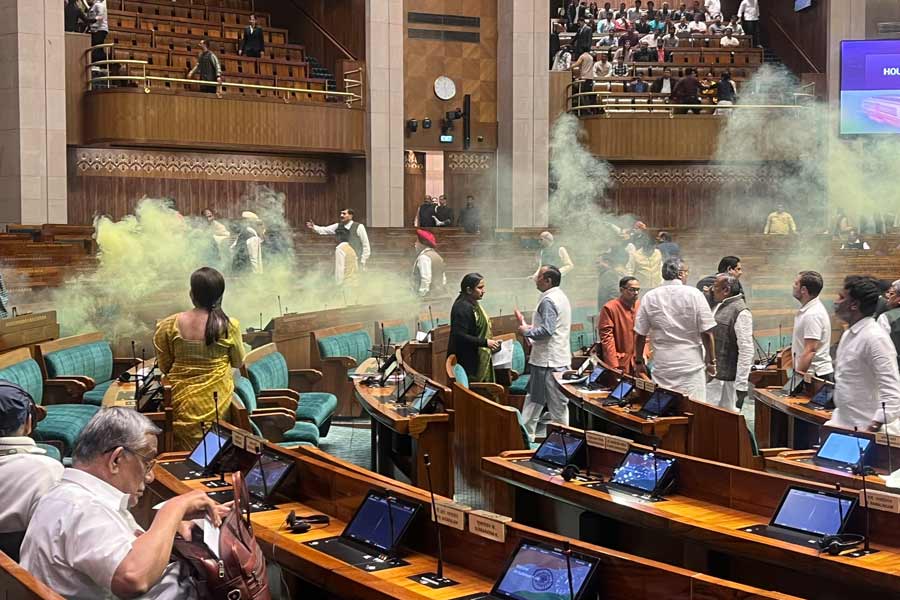
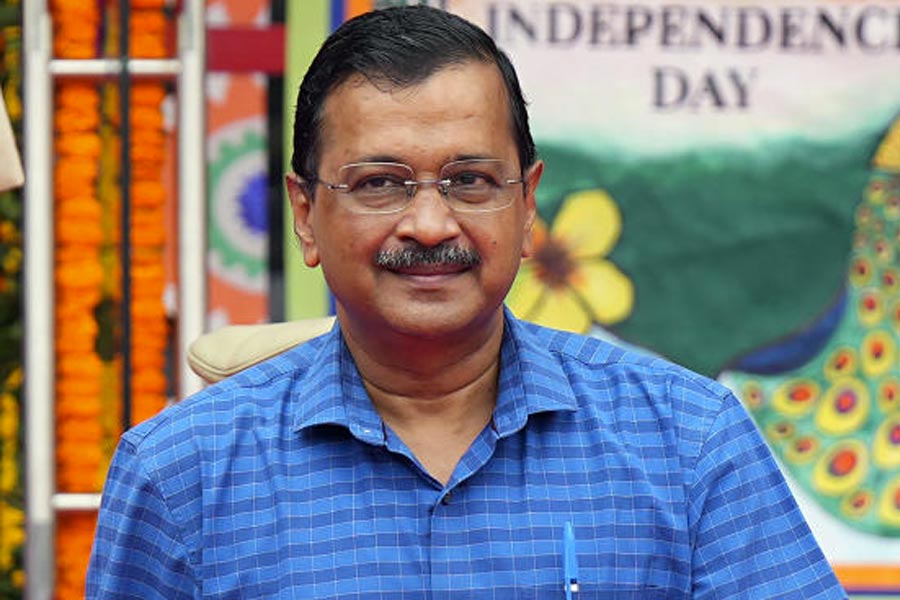
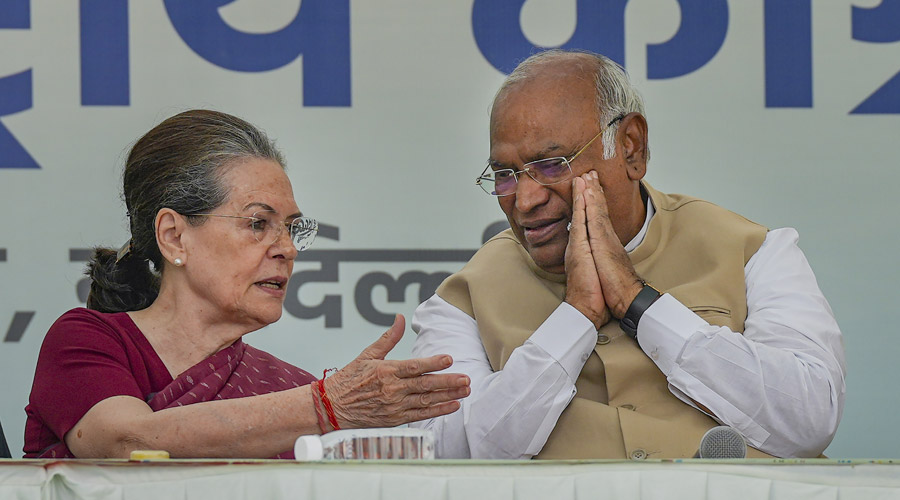
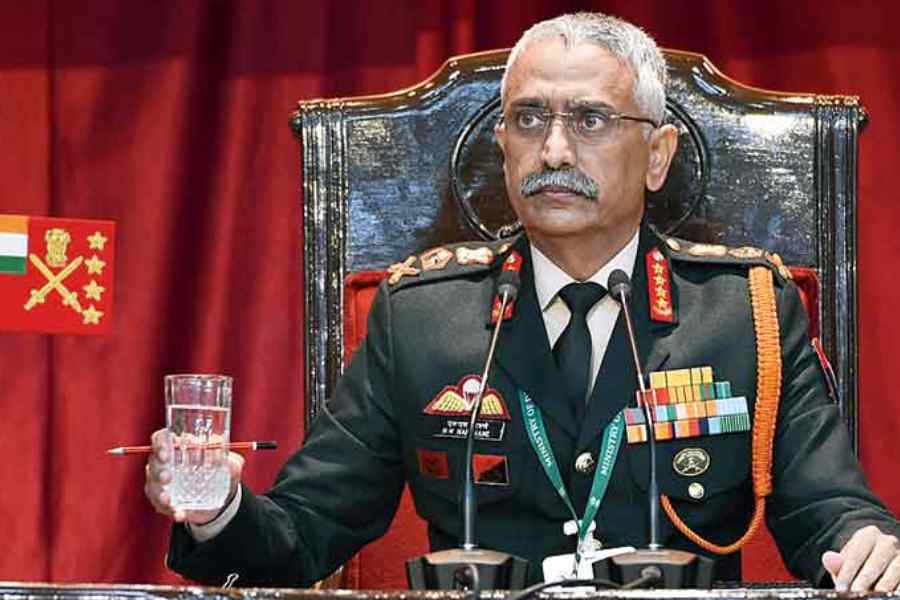


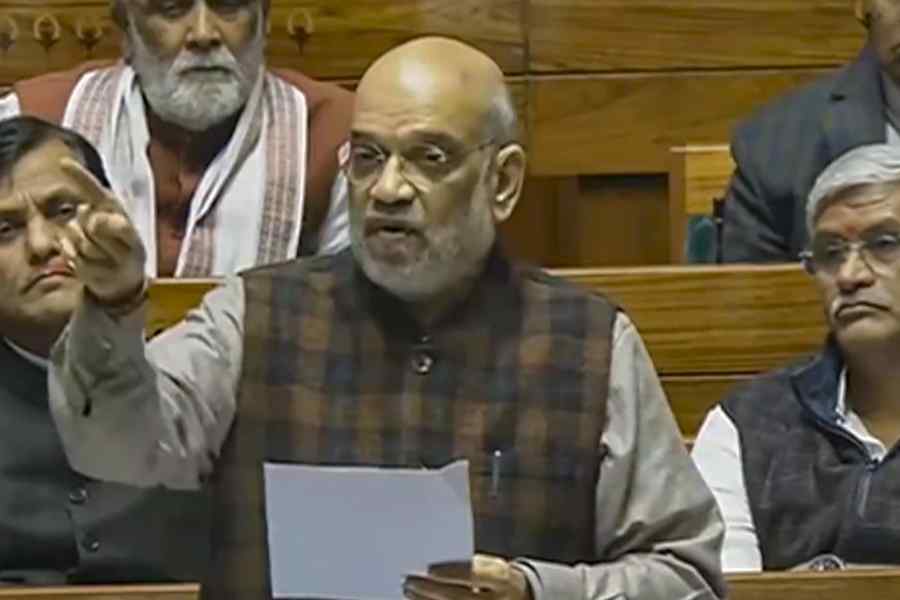
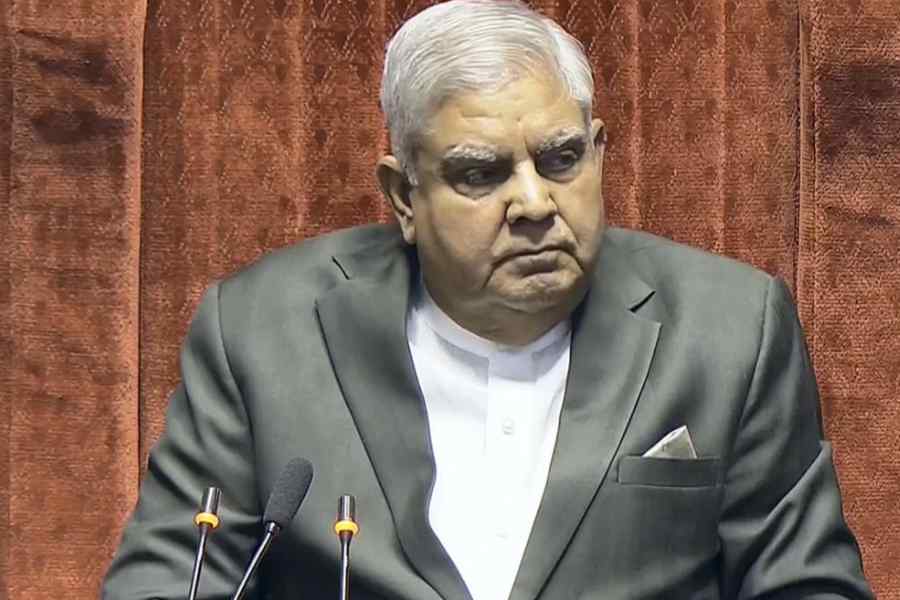
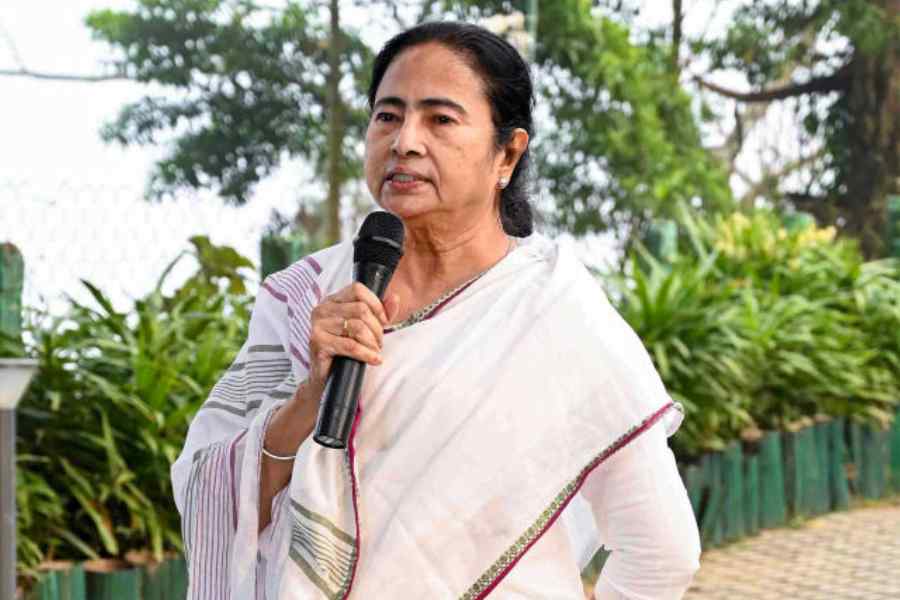
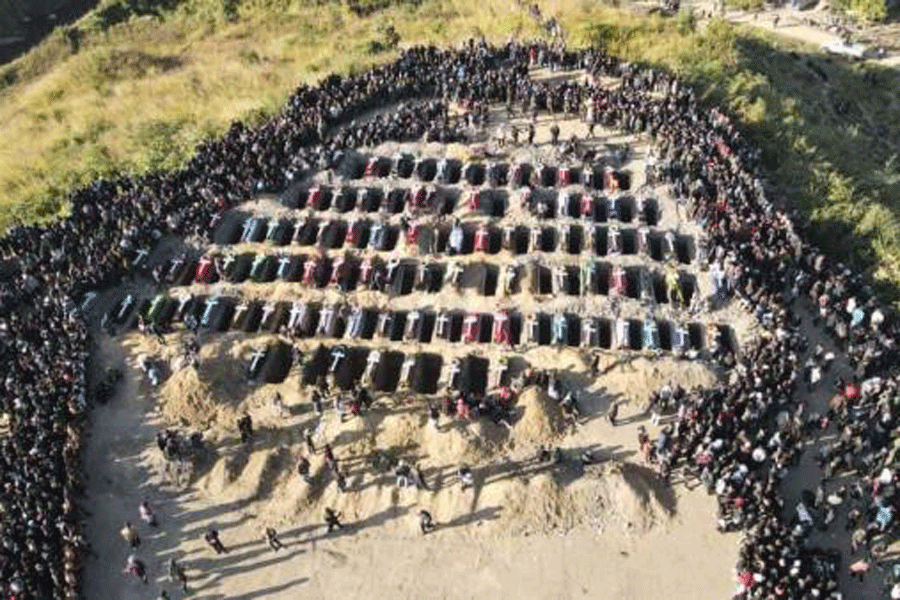

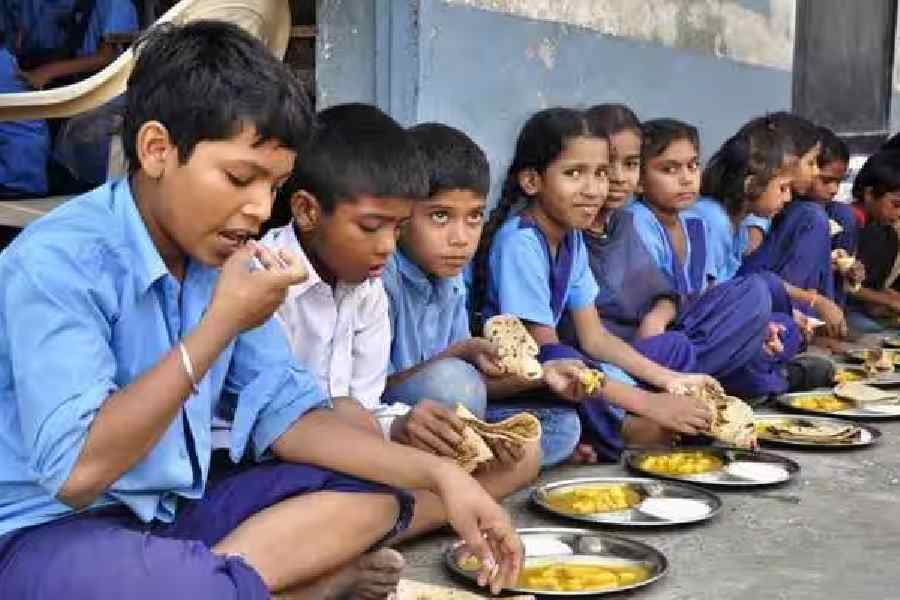
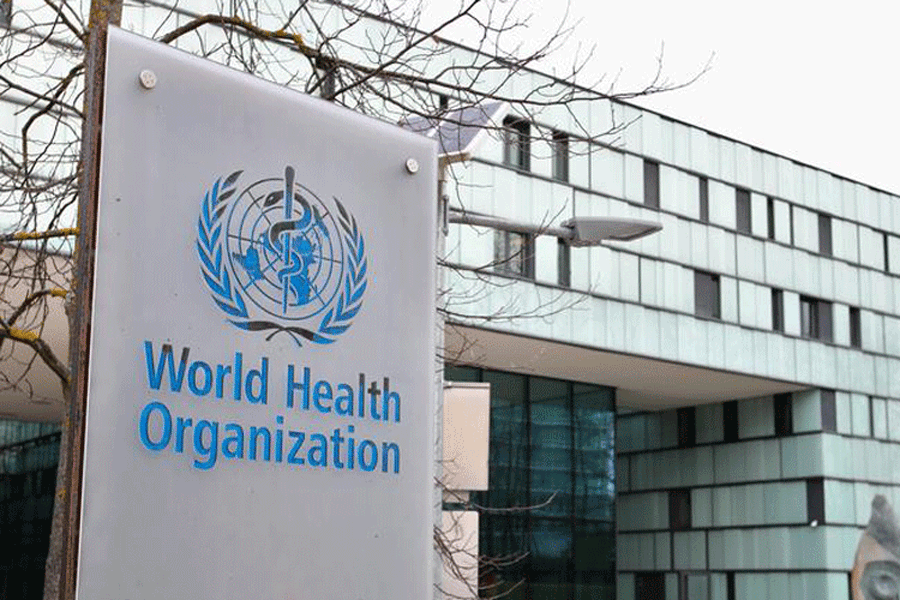
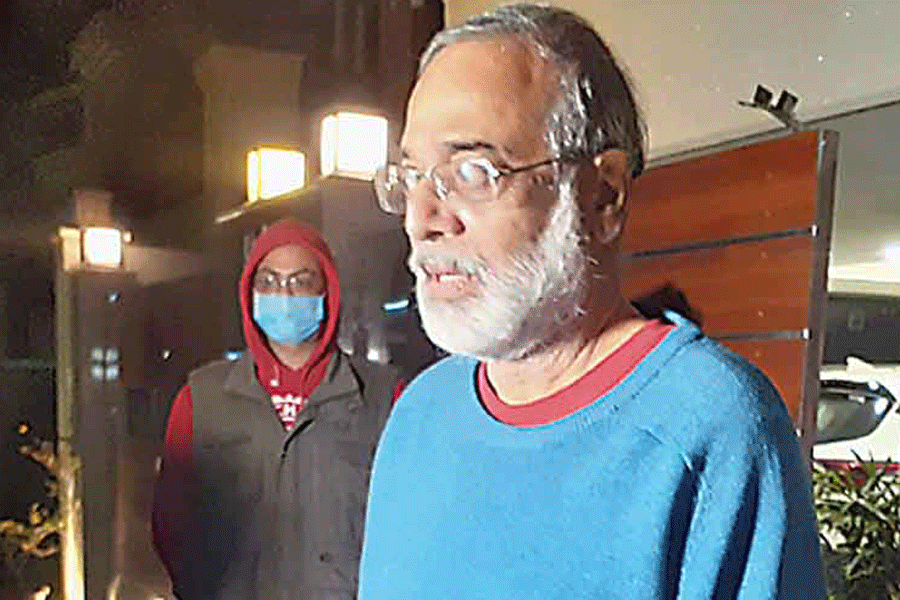

COMMENTS
SHARE
READ LATER